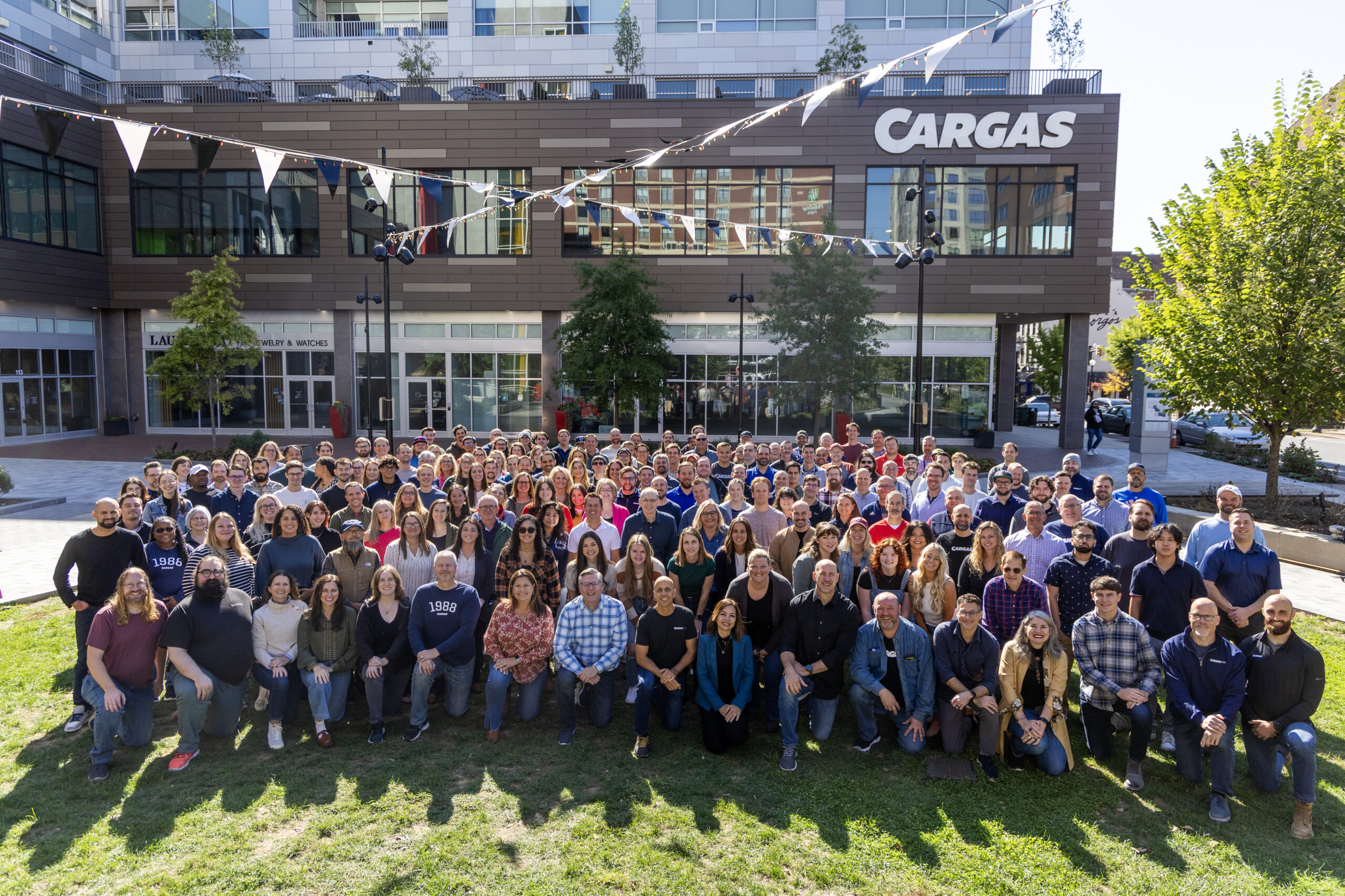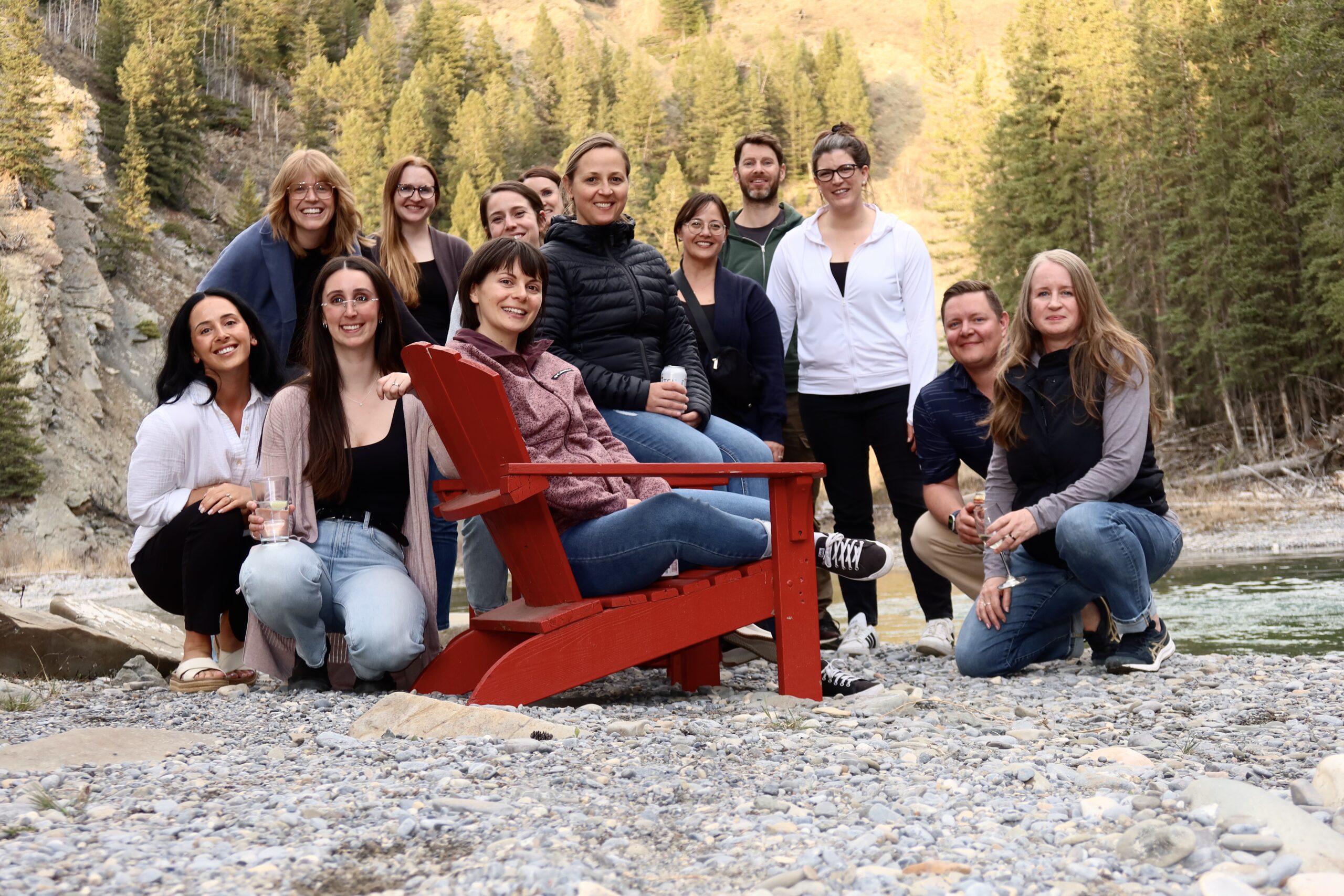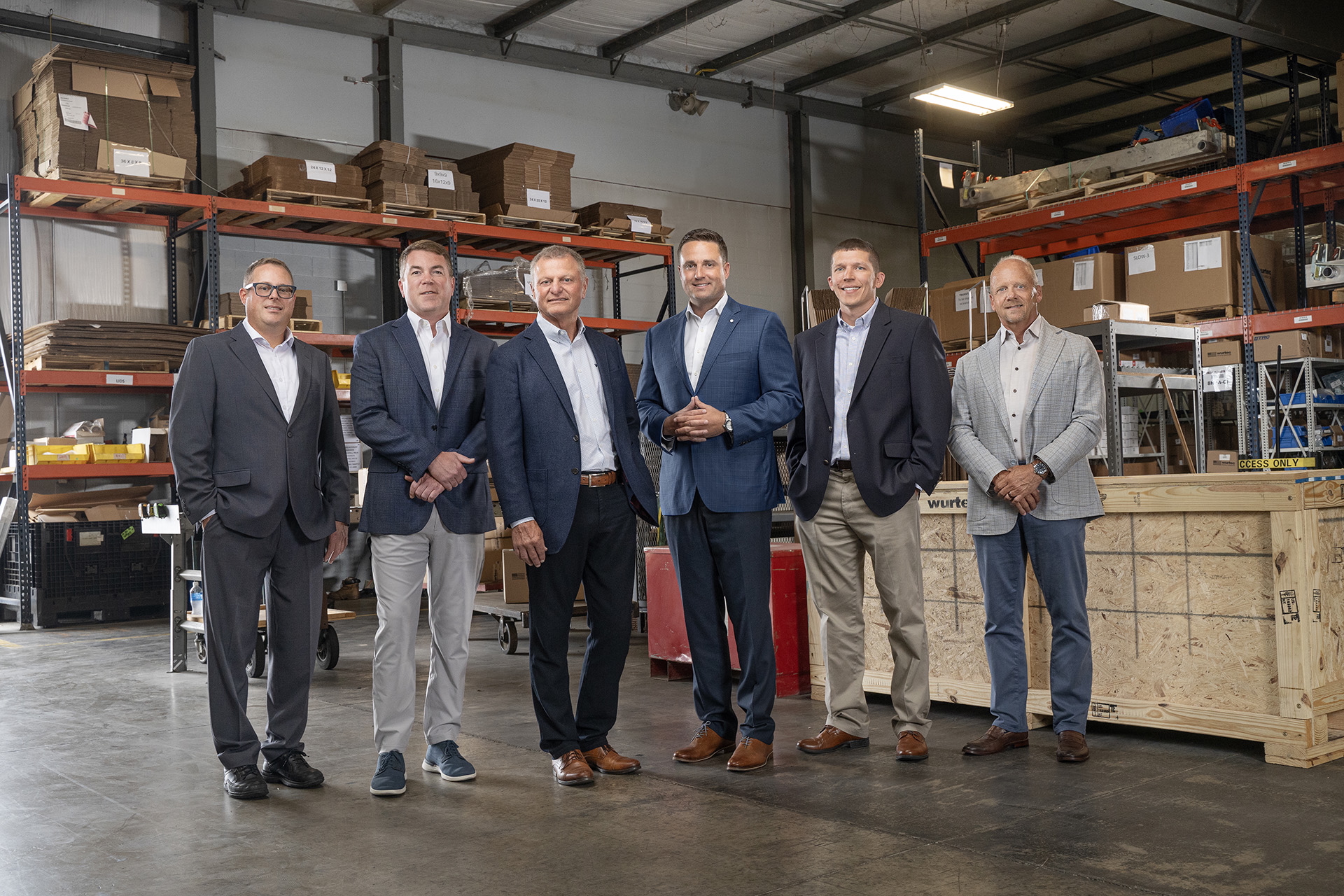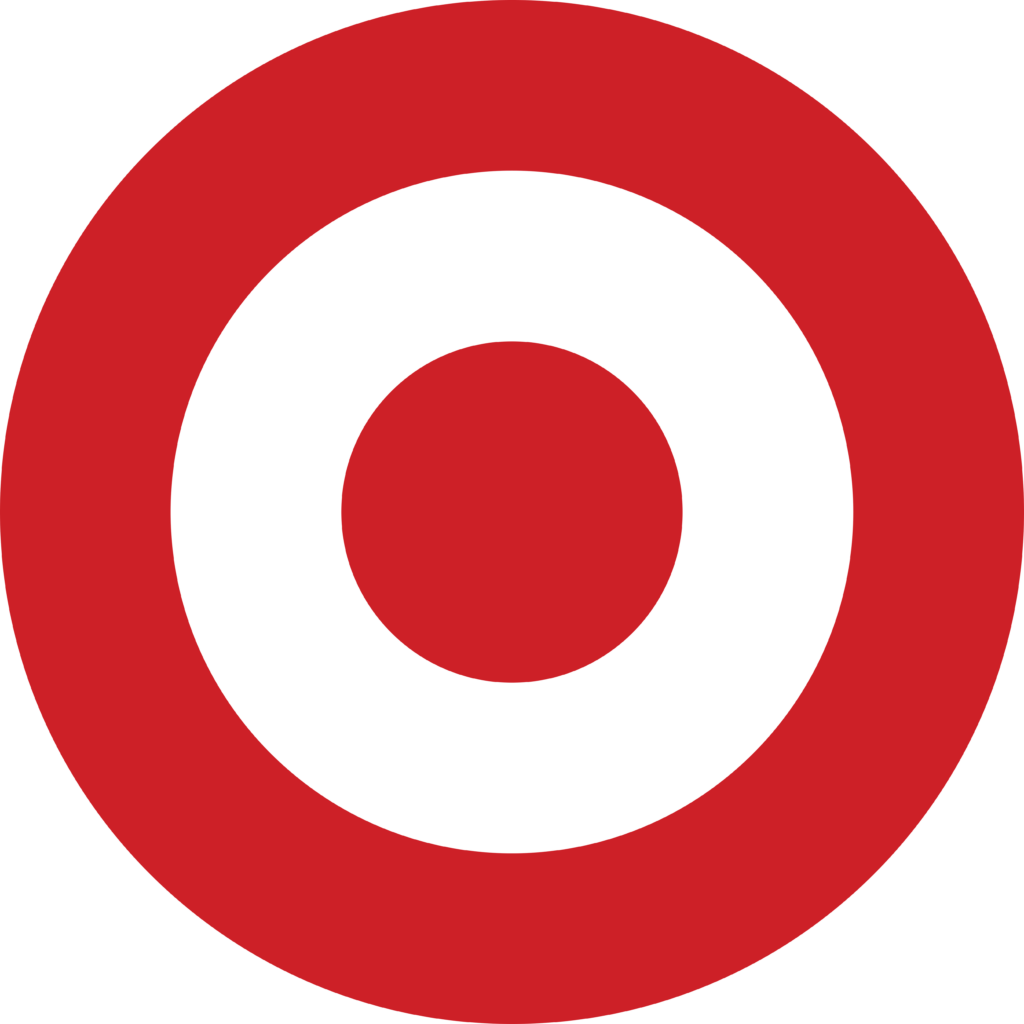

How Cargas Turned a Hard Lesson into a Blueprint for Disciplined Growth
- Nate Scott
- Cargas Systems, Inc.
All companies, not just Evergreen® companies, understand that sustained growth and evolution are preconditions for survival over the long term. At Cargas, which was founded by Chip Cargas in 1988, we understand these concepts well, and about 15 years into our journey, we launched an initiative to significantly diversify our business. This was right around the time I joined the company, and our plan was to shift from exclusively reselling and consulting for major ERP and CRM software vendors to also developing our own software in-house.
As we set out on this journey, we thought we were building for the future. We had strong instincts, a promising market opportunity, and plenty of ambition. What we didn’t fully grasp was just how difficult it would be. Although we survived the evolution, the move tested our resolve, our financial standing, and our teamwork. We learned the hard way from our experience and have successfully launched additional new product and services lines, but in a very different way.
Chip founded our company with the idea that employees could flourish while also sharing in the business’s success. He was an Evergreen leader ahead of his time. Cargas began as a consulting business that quickly evolved into becoming a reseller of accounting, ERP, and CRM software. Chip introduced direct, employee ownership (not an ESOP) that allowed all team members to buy into the company, put skin in the game, and share in the success we generated together. This approach laid a cultural foundation rooted in stewardship, patience, and Paced Growth. This model is our mechanism for transitioning ownership, leadership, and innovation to successive generations of employees.
After about 15 years of reselling other companies’ software, we wanted to build and sell our own. We had a lot of experience with enterprise software, we had technical talent, and a lot of experience with custom software development. We hired a person with experience in the Fuel Delivery and HVAC service industry that had a vision for solutions to help businesses in this industry operate more efficiently through the deployment of innovative technology. We were able to find an early adopter customer that was willing to work with us to develop the first iteration of our software and we were off to the races.
Initially, the transition looked promising. We secured customers, built product features, and began carving out a presence in this niche market. The first couple years were successful, but beneath the surface, the business was starting to strain. The work of constantly updating the software, in unique ways for different clients, turned out to be more time consuming and expensive than we anticipated. Pretty soon, we were using the profits from one area of the business to fund the other. At one point, our investment exceeded what the legacy business could support. We were losing money.
Compounding the financial pressures was the learning curve of going from a custom development focused company to a software product company. This meant building out many new functions like product management, quality assurance, support, and content to all be at the level needed by an industry product. In the early days we were supporting multiple customized versions of our product all at once and struggling with feature prioritization, as there were many competing voices on what we should build next.
We also had many of our leaders and teammates focused on both parts of our business. People were constantly switching gears between working on the legacy reselling and consulting business, while also working on initiatives and projects related to our new software product.
Ultimately, we were only able to get through this period of time with some major changes. We split our company into two, with one team only focused on our reselling and consulting business, and another on our growing software business. Many of us took pay cuts or no pay increases for several years, we raised capital from friends and family investors to shore up the balance sheet until our growth could catch up to our run rate of expenses. We were able to streamline the software, develop a single platform, and focus the team. It was a lot of trial, error, and existential uncertainty. I remember us telling each other, “We just have to get through this next year.” We said that multiple times. I truly believe that the skin in the game that many of us had as employee-owners was a key to our perseverance.
The experience taught us some painful lessons. Coming out of it, we sat tight for a while to ensure that we stabilized our new software business. Eventually, it felt like time to consider new ways to expand. However, before we launched another product line of our own, we wanted to get a return on our original investment and leverage the lessons learned from the first experience.
A few years ago, we started working on an “Innovation Framework” that aimed to give us a more structured way to vet a pipeline of new ideas prior to bringing them to market in a more disciplined fashion. There are a lot of ways that startups can bring new ideas to market through the use of venture capital, however we needed to establish a way to do this in an existing business that has no intention of leveraging private equity or selling, and one that needs to balance investment with a return for our employee-owners. Our Innovation Framework helps us gather new ideas to help solve customer problems with the solutions we have today or new products we may want to bring to market in the future. It establishes an annual budget based upon the prior year’s success for investment in the future. We target that budget each year, and we identify key areas, both internally and externally, in which we want to spend it. Some are small incremental bets. Some are bigger. But all of them go through a structured discovery process.
That approach led to the launch of our new, growing payments business – our third major line of business that we have added since our company’s inception. We went through a rigorous process to become one of about 250+ Payment Facilitators in the country. We now have embedded our payment processing offering within our Fuel Delivery and HVAC service industry software and are looking to other industries that need software and payment solutions. Unlike the earlier leap into becoming a software company, this new offering was grounded in clear strategy, internal capabilities, and a disciplined approach to getting to market. Our board also helped us vet this new opportunity in lock step with our management team.
More Articles and Videos

Baseball During the Great Depression: Owners Cope with Adversity
- David Surdam
- University of Northern Iowa

Get Evergreen insight and wisdom delivered to your inbox every week
By signing up, you understand and agree that we will store, process and manage your personal information according to our Privacy Policy





